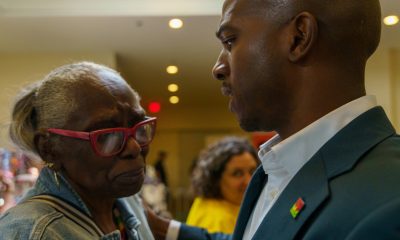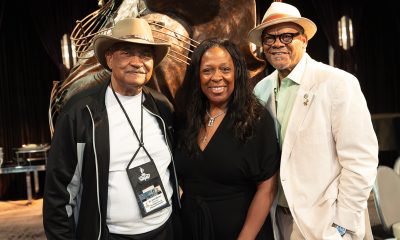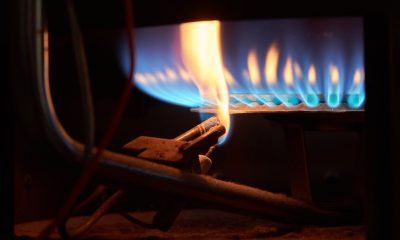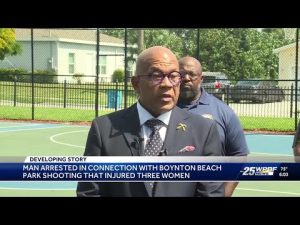Bay Area
State Sets Bail to Zero for Misdemeanors and Some Lower-Level Felonies

In an effort to protect the safety and health of the citizens of California, the state’s Judicial Council set bail to zero for non-violent crimes. The new rule is one among 11 the council has adapted to avoid filling up jails during the COVID-19 pandemic.
Certain lower-level felonies and misdemeanors will get temporary 90-day reprieves in order to shield attorneys, court staff, judges, law enforcement agents, employees and incarcerated inmates in jail facilities from the deadly effects of the coronavirus.
The action by the policy-making body of the courts was called to help control the spread of the virus among inmates and reduce the number of prisoners from lock-up. The city of Los Angeles first enacted a zero-bail initiative a couple of weeks ago.
Now, the measure is statewide.
California Chief Justice Tani Cantil-Sakauye, the chairperson of the Judicial Council, said the measure received a lot of input and considerations before approval to reduce the jail population.
“We listened to suggestions from our justice system partners, the public, and the courts, and we greatly appreciate all of the input,” said Cantil-Sakauye in a written statement. “Working with our stakeholders, I’m confident we can preserve the rule of law and protect the right of the victims, the accused, litigants, families and children, and all who seek justice. It’s truly a team effort.”
In mostly overcrowded conditions, African Americans are overrepresented in California’s prison population. Nearly 29% of the state’s male inmates were Black in 2017, the Public Policy Institute of California reported.
Social justice advocates up and down the state have been pressuring officials about the welfare of inmates in jails and prisons since the onset of the COVID-19 crisis.
Across the state, many inmates, as well as California prison officials, have been diagnosed with the virus. Advocates believe releasing inmates will solve the solution to prevent the spreading of the virus and save lives.
Jamilia Land is an African-American community activist and member of California Families United 4 Justice, a Sacramento-based nonprofit organization that supports families impacted by police-involved shootings and violence. She said the cancellation of bail is a “wonderful idea,” but it is something that should have taken place long before the pandemic.
“It’s something that been needed to happen,” Land told California Black Media. “Unfortunately, when we look at the demographic of people who are incarcerated and overpopulating the jails in general, they look like us. They are Black and Brown people. Also, bail is feeding a lobster that is known as mass incarceration. We need to end it.”
In 2018, when Gov. Gavin Newsom was lieutenant governor in Gov. Jerry Brown’s administration, California passed Senate Bill 10 (SB 10). It was landmark legislation that abolished the cash money bail system for defendants waiting for trial, and also gave judges more discretion to determine who will be sent to jail or not – based on risk.
California was the first state in the nation to do so.
But the bail industry and other opponents of SB 10 rallied against the bill and collected more than 400,000 signatures, preventing the legislation from becoming state law the following year.
Now, it is up for a statewide referendum vote on the California ballot in November 2020.
Alameda County
Seth Curry Makes Impressive Debut with the Golden State Warriors
Seth looked comfortable in his new uniform, seamlessly fitting into the Warriors’ offensive and defensive system. He finished the night with an impressive 14 points, becoming one of the team’s top scorers for the game. Seth’s points came in a variety of ways – floaters, spot-up three-pointers, mid-range jumpers, and a handful of aggressive drives that kept the Oklahoma City Thunder defense on its heels.

By Y’Anad Burrell
Tuesday night was anything but ordinary for fans in San Francisco as Seth Curry made his highly anticipated debut as a new member of the Golden State Warriors. Seth didn’t disappoint, delivering a performance that not only showcased his scoring ability but also demonstrated his added value to the team.
At 35, the 12-year NBA veteran on Monday signed a contract to play with the Warriors for the rest of the season.
Seth looked comfortable in his new uniform, seamlessly fitting into the Warriors’ offensive and defensive system. He finished the night with an impressive 14 points, becoming one of the team’s top scorers for the game. Seth’s points came in a variety of ways – floaters, spot-up three-pointers, mid-range jumpers, and a handful of aggressive drives that kept the Oklahoma City Thunder defense on its heels.
One of the most memorable moments of the evening came before Seth even scored his first points. As he checked into the game, the Chase Center erupted into applause, with fans rising to their feet to give the newest Warrior a standing ovation.
The crowd’s reaction was a testament not only to Seth’s reputation as a sharpshooter but also to the excitement he brings to the Warriors. It was clear that fans quickly embraced Seth as one of their own, eager to see what he could bring to the team’s championship aspirations.
Warriors’ superstar Steph Curry – Seth’s brother – did not play due to an injury. One could only imagine what it would be like if the Curry brothers were on the court together. Magic in the making.
Seth’s debut proved to be a turning point for the Warriors. Not only did he contribute on the scoreboard, but he also brought a sense of confidence and composure to the floor.
While their loss last night, OKC 124 – GSW 112, Seth’s impact was a game-changer and there’s more yet to come. Beyond statistics, it was clear that Seth’s presence elevated the team’s performance, giving the Warriors a new force as they look to make a deep playoff run.
Activism
Oakland Post: Week of November 26 – December 2, 2025
The printed Weekly Edition of the Oakland Post: Week of November 26 – December 2, 2025

To enlarge your view of this issue, use the slider, magnifying glass icon or full page icon in the lower right corner of the browser window.
Activism
Oakland Post: Week of November 19 – 25, 2025
The printed Weekly Edition of the Oakland Post: Week of November 19 – 25, 2025

To enlarge your view of this issue, use the slider, magnifying glass icon or full page icon in the lower right corner of the browser window.
-

 Activism3 weeks ago
Activism3 weeks agoOakland Post: Week of November 12 – 18, 2025
-

 Activism2 weeks ago
Activism2 weeks agoIN MEMORIAM: William ‘Bill’ Patterson, 94
-

 Activism3 weeks ago
Activism3 weeks agoHow Charles R. Drew University Navigated More Than $20 Million in Fed Cuts – Still Prioritizing Students and Community Health
-

 Bay Area3 weeks ago
Bay Area3 weeks agoNo Justice in the Justice System
-

 #NNPA BlackPress3 weeks ago
#NNPA BlackPress3 weeks agoThe Perfumed Hand of Hypocrisy: Trump Hosted Former Terror Suspect While America Condemns a Muslim Mayor
-

 #NNPA BlackPress2 weeks ago
#NNPA BlackPress2 weeks agoTrump’s Death Threat Rhetoric Sends Nation into Crisis
-
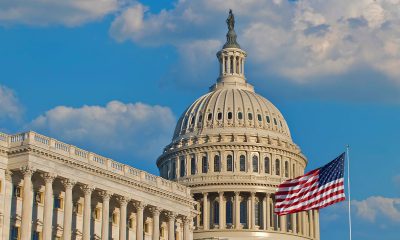
 #NNPA BlackPress4 weeks ago
#NNPA BlackPress4 weeks agoProtecting Pedophiles: The GOP’s Warped Crusade Against Its Own Lies
-

 #NNPA BlackPress2 weeks ago
#NNPA BlackPress2 weeks agoLewis Hamilton set to start LAST in Saturday Night’s Las Vegas Grand Prix



